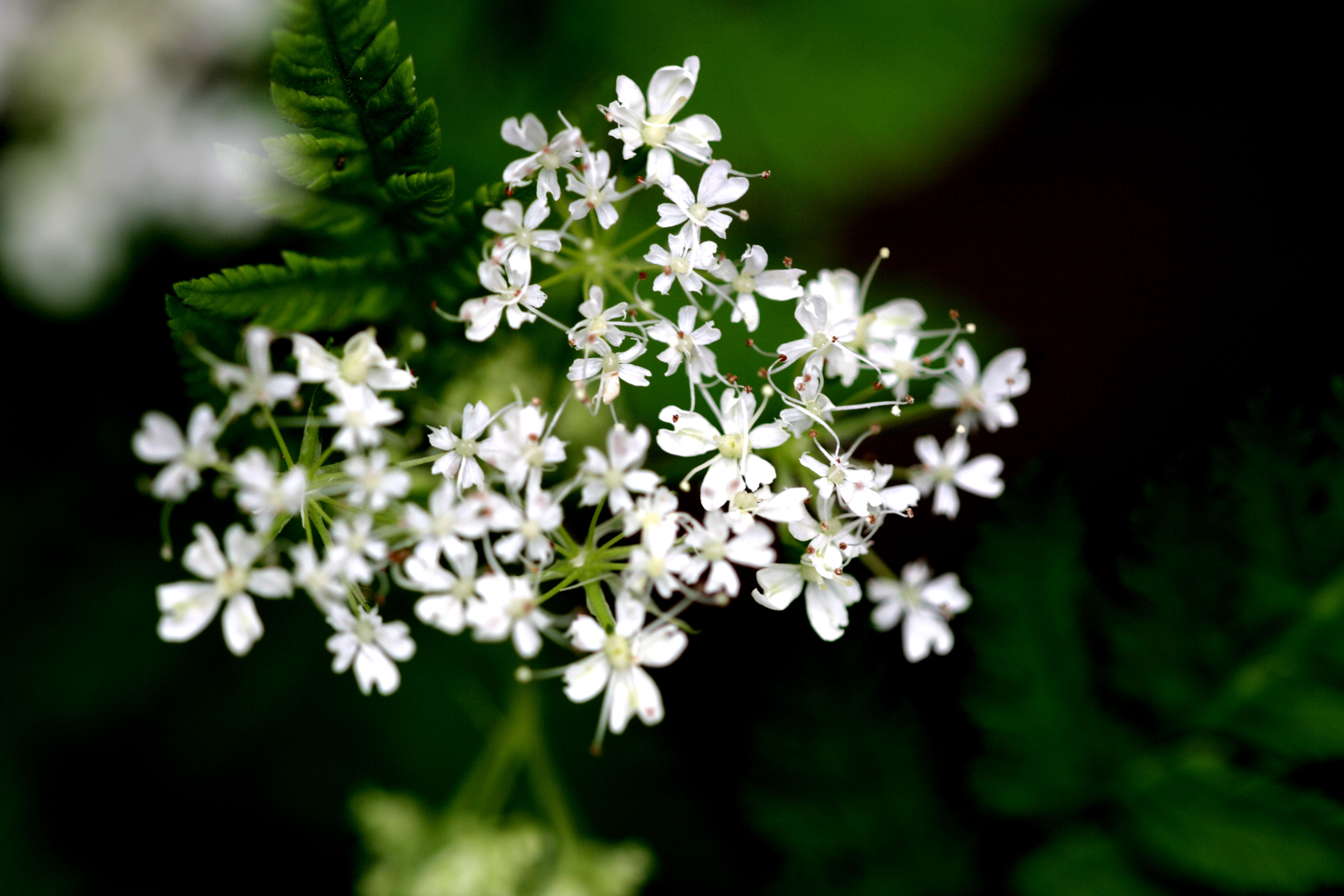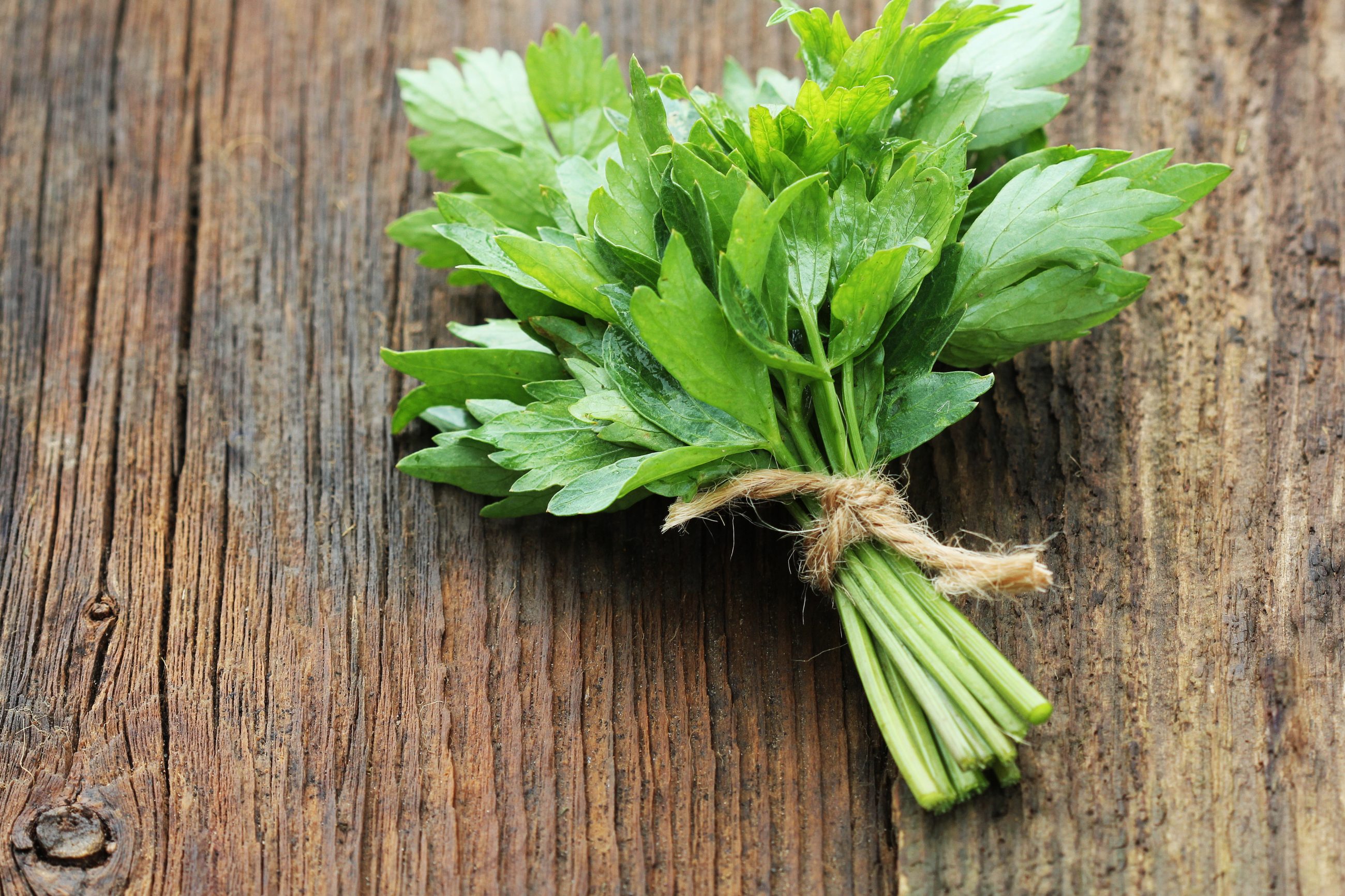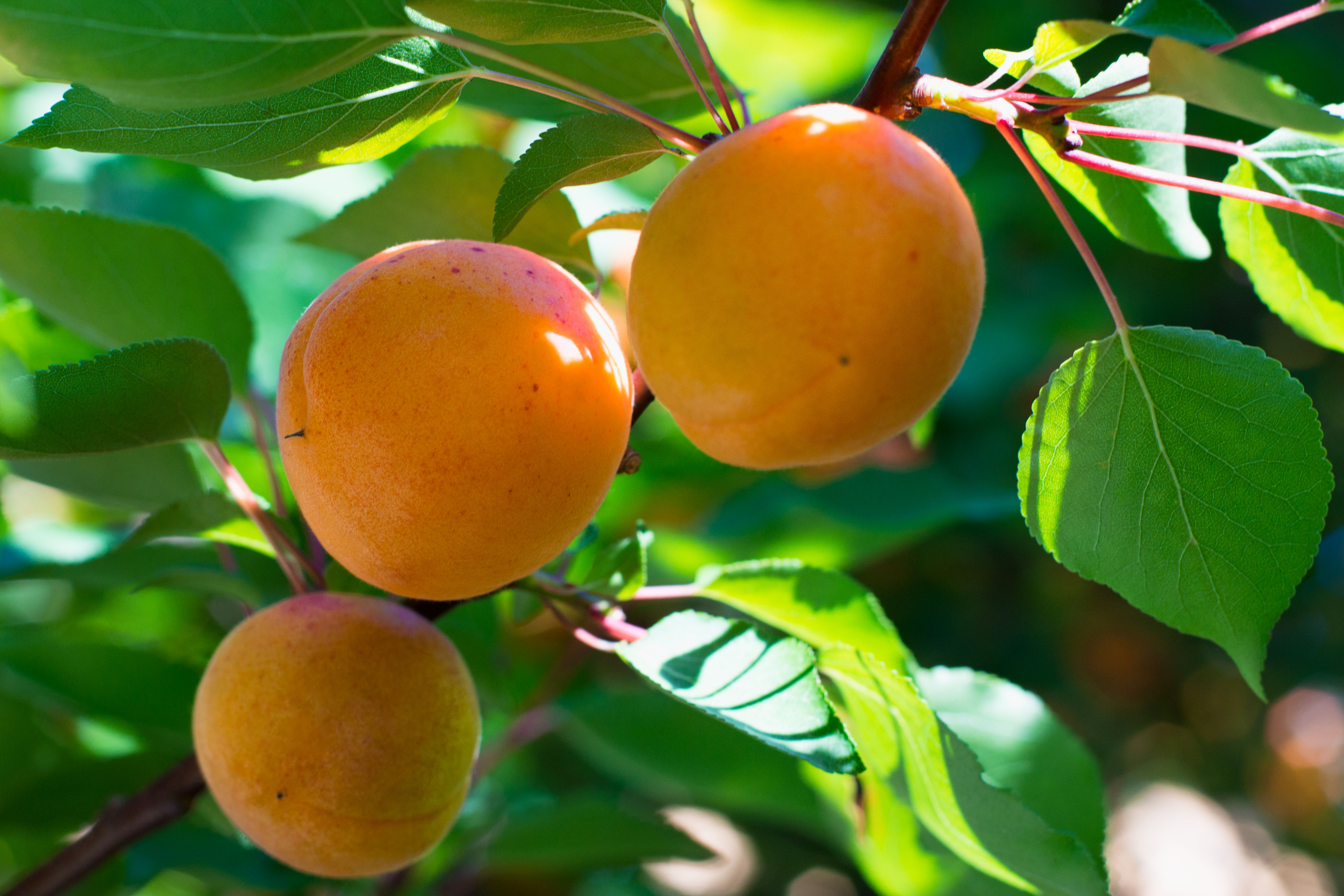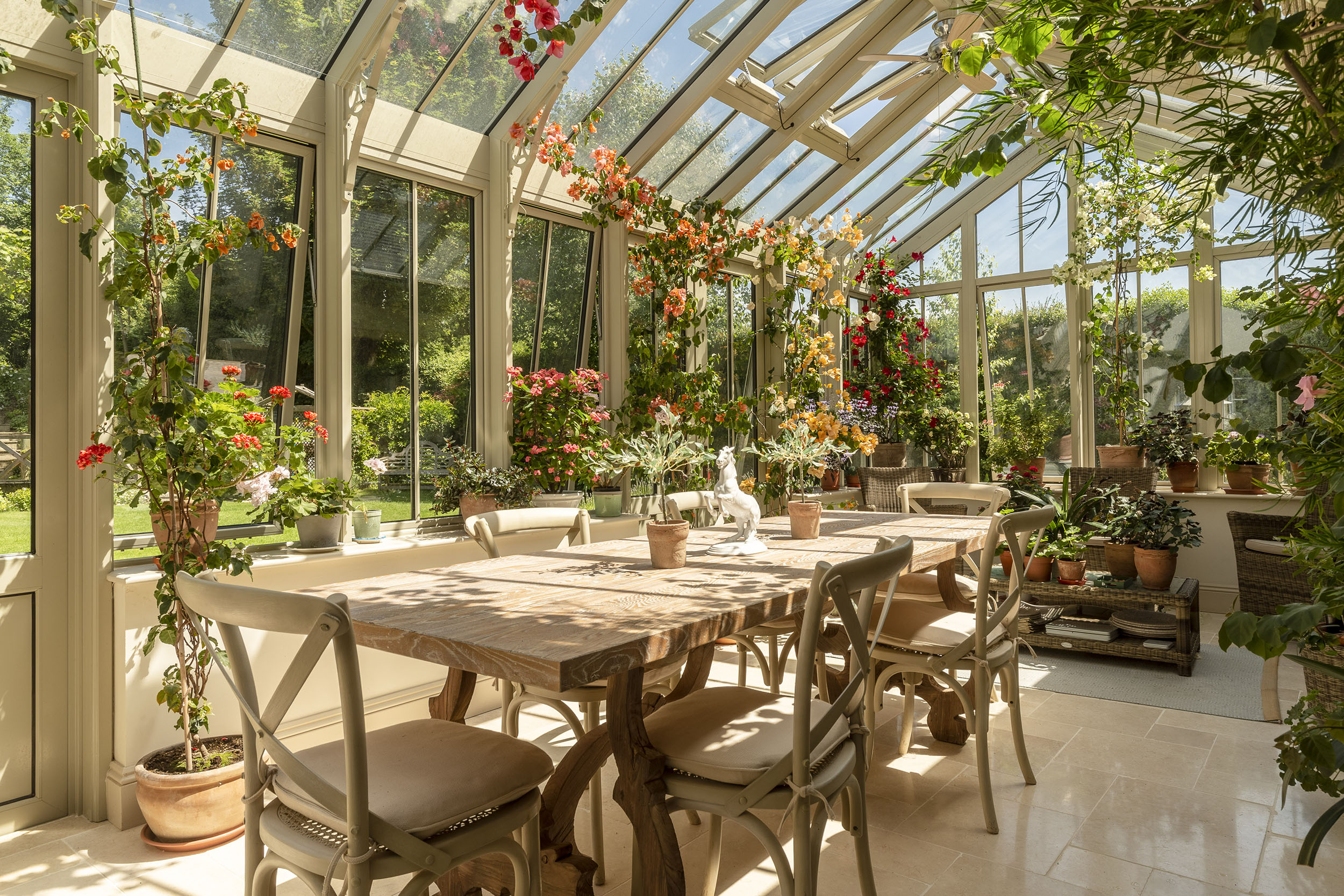The two herbs to grow in your garden that'll convince you never to eat parsley again
Charles Quest-Ritson doesn't grow a lot of herbs, but those he does would grace any kitchen — and will have your friends clamouring for seedlings.


Mark Diacono writes so temptingly about herbs that I’m rather worried about taking on the subject myself. My own interest is in growing herbs for the kitchen, so I only nurture those I shall consume.
I know many keen gardeners like to have a dedicated herb garden, but I have never seen one that looked pretty — herb plants do not make an ornamental composition when all corralled together and even the much-praised garden at Sissinghurst doesn’t really please in the way that the rest of the Nicolsons’ masterpiece does. And what’s the point in growing things that may, indeed, be herbs, but are fairly unusable, such as wormwood and woad?
Herbs make splendid salads. Years ago, I toured the hills around Yerevan with Armenian botanist Eleanora Gabrielian. At lunchtime on the first day, I opened the unappetising picnic prepared by the Hotel Ani — these were the days when Communist orthodoxy promoted proletarian values even in matters gastronomic — as Eleanora took tiny seedlings of basil, summer savory and coriander out of her vasculum and wrapped them in yards of Armenian bread of the colour and thickness of chamois leather. ‘I live in an apartment,’ she explained, ‘so I grow these in the botanic garden.’
'Your gastro-friends, who will bless you for introducing them to such deliciousness'
The tastiness of the young plants was a revelation — salads in England in those days were a choice between iceberg lettuce and something similar, but French and floppy — and I sent off an order for these annual herbs as soon as I returned to London. We have been sowing and eating herb seedlings ever since and, of course, many such herbs are now sold in pots and plastic bags throughout the British Isles.
There are two perennial herbs that, although never seen in supermarkets, are vital members of my edible batterie de cuisine — lovage and sweet cicely.
Lovage is a thug. It’s one of those ugly brutes that look like cow-parsley or hemlock, but is a great improvement on parsley in almost everything — meatballs, salads (it’s wonderful with skinned tomatoes and olive oil) and even in jambon persillé. It lacks the bitterness of parsley (a good thing, too, say I), but offers a meaty flavour that combines well with everything from new potatoes to lobster.
Its Latin name is Levisticum officinale, but you need to buy it only once because it is a proper perennial. Moreover, the seeds will germinate like fun if you save some in autumn and sow them next May. You can give potfuls of seedlings (they have long taproots) to all your gastro-friends, who will bless you for introducing them to such deliciousness.
Exquisite houses, the beauty of Nature, and how to get the most from your life, straight to your inbox.

Sweet cicely, too, is an umbellifer, but its leaves are velvety to the touch and daintily frilled, so you can get away with it in a herbaceous border. The value of Myrrhis odorata lies in its facility for reducing the acidity of other foodstuffs. It doesn’t taste sweet if you suck a leaf (the raw taste is slightly reminiscent of liquorice), but it masks the sharpness of cooked rhubarb or green gooseberries. Don’t ask me how — no doubt a biochemist could explain its modus operandi.
You may think growing a herb merely because it increases the palatability of a couple of dishes is unnecessarily precious, but I say that rhubarb and gooseberries are among the great joys of late spring and early summer, whether as pies or fools, and the opportunity to cut down on the quantities of sugar you would otherwise need is to be welcomed. I find sweet cicely works well with early plums and apricots and — as I say — it is a pretty plant.
Here is my final recommendation — hawthorn leaves. I re-read Peter Smithers’s autobiography Adventures of a Gardener last winter (it’s a very good book for plantsmen and permeated by his enormous personal charm), and he mentions the way his nanny, a country girl, taught him hawthorns, too, are edible. It wasn’t the woolly, pippy fruit she nibbled, but the first, tender leaves when they emerge in March.
I tried them myself this year — there are hawthorns in plenty along the lanes and footpaths of the Itchen valley — and they have a salad-like taste with a hint of fresh walnuts. Hawthorns are long-lived and Peter was brought up in the next village from ours, so I like to think that I chewed the leaves of the same small trees that he tasted 100 years ago when on a walk with nanny.

Credit: Alamy
How to grow your own apricots and enjoy 'deep, honeyed richness' far beyond what you'll find in the shops
Mark Diacono hasn't eaten a fresh apricot from a supermarket in years — here are his tips on how to grow

Credit: Chris Warren / Marston and Langinger
What to grow in a conservatory, from cacti and succulents to orchids and herbs
Conservatories are once again being used for cultivating and enjoying plants. Amelia Thorpe reports on a growing trend.
Charles Quest-Ritson is a historian and writer about plants and gardens. His books include The English Garden: A Social History; Gardens of Europe; and Ninfa: The Most Romantic Garden in the World. He is a great enthusiast for roses — he wrote the RHS Encyclopedia of Roses jointly with his wife Brigid and spent five years writing his definitive Climbing Roses of the World (descriptions of 1,6oo varieties!). Food is another passion: he was the first Englishman to qualify as an olive oil taster in accordance with EU norms. He has lectured in five languages and in all six continents except Antarctica, where he missed his chance when his son-in-law was Governor of the Falkland Islands.
